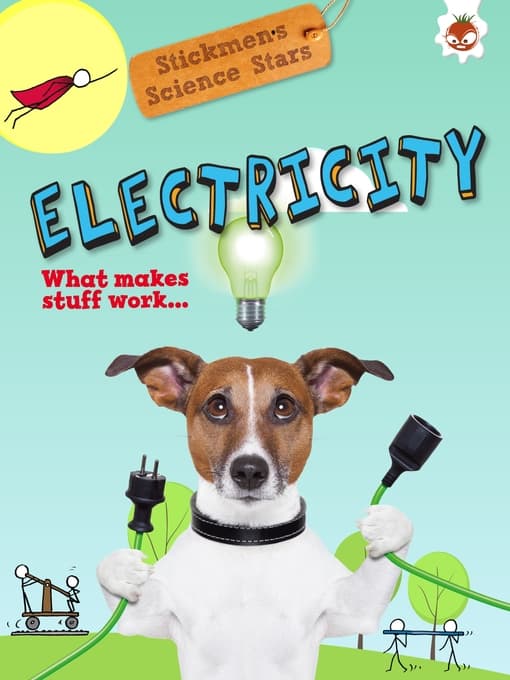
To wrap our minds around this question, let's consider what electricity is.
Everything in the universe is made of teensy-weensy, itty-bitty particles called atoms. In every atom there are even teensier-weensier bits called electrons. Usually, electrons hang around their atoms minding their own business. But sometimes, an outside force might give the electrons a little push or pull. This causes the electrons to flow from atom to atom. That's electricity!
Electrons flow quite easily in some materials. We call these conductors. In other materials, electrons prefer to stay where they are. We call these materials insulators.
There are two types of electricity, static and current. Static electricity occurs when two or more objects made of conducting material rub together. This causes the electrons to transfer from one material to the other. You can observe this effect by rubbing an inflated balloon on your hair. Did you find it to be a hair-raising experience? That's static electricity. So is lightning. Lightning occurs when ice and water particles in storm clouds collide. The electrons pile up, and then – flash – lightning!
Current electricity is the term for when electrons flow, like water flowing through a pipe. It powers the computer you're using now, and the light in the room you're in. Can you imagine life without electricity? What do you think it would be like?
Electricity is essential to modern life. But the shocking truth is that it can also be dangerous. Too much electricity can injure people or even cause death. That is why you must stay away from fallen power lines. Don't use electrical appliances near water. And remember: when thunder roars, go indoors!
All in all though, we’re ec-static about electricity! Would you like to learn more? Find a library program about circuits or pick up these books to spark an interest.
Image source: "LIGHTENING" by (arteliz) is licensed under CC BY-NC-SA 2.0.

